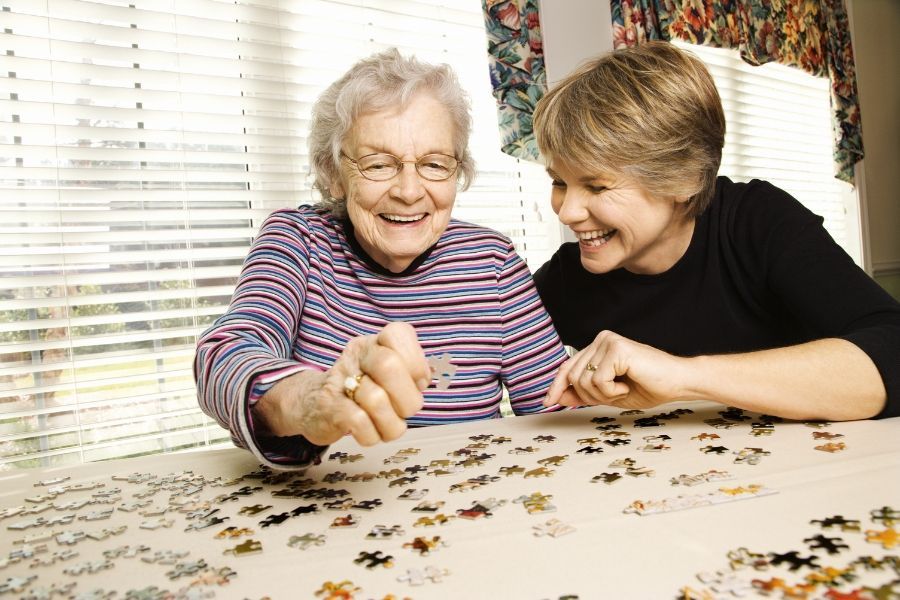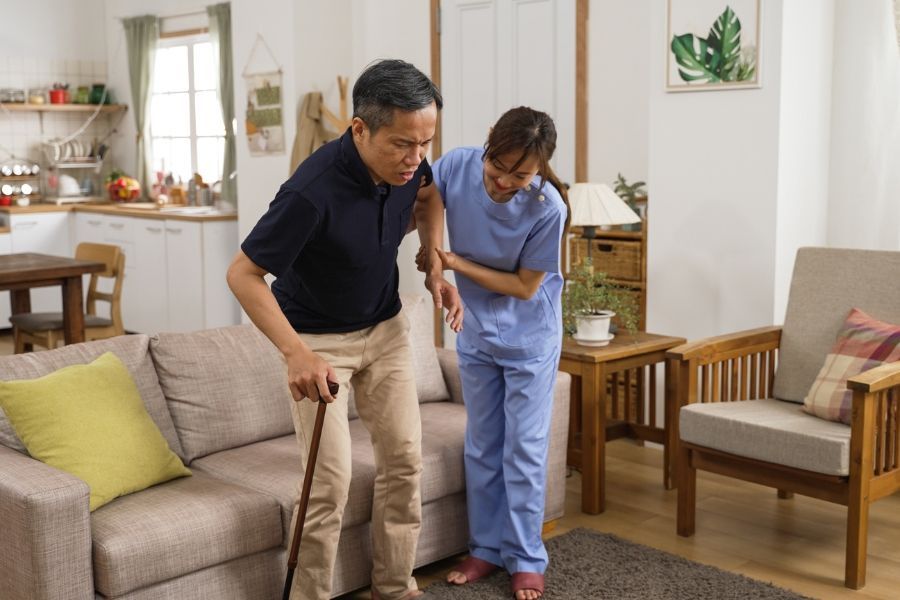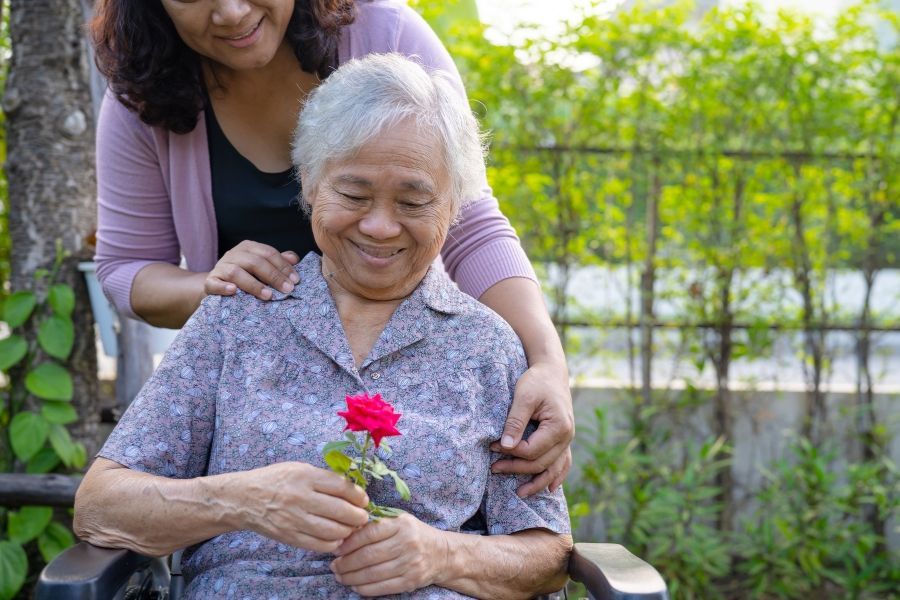Hourly vs. Live-In Care: What’s the Difference?
When an aging loved one needs extra support at home, families often research different home care services. Two common options are hourly care and live-in care. Hourly care means a trained caregiver visits your loved one’s home for a set number of hours each day. In contrast, live-in care means a caregiver actually lives in the home and provides 24/7 support. The main difference is simply the amount of time a caregiver spends on-site. Understanding these options can help you choose the best plan for your family.
Hourly Care
Hourly home care (often called visiting or non-medical care) is great for seniors who need help at specific times. A caregiver comes to your home on a schedule – for example, a few mornings or evenings each week – and assists with daily tasks like bathing, dressing, meal prep, or light housekeeping. You pay only for the hours needed, so this option is flexible and usually more affordable when support is required only part-time.
- Scheduled visits: The caregiver arrives for the hours you choose and then leaves until the next visit. You can pick mornings, evenings, or any shift that fits your routine.
- Flexible hours: It’s easy to adjust the schedule as needs change. You can add or remove visits (for example, more help one week, less the next) without a long-term commitment.
- Multiple aides: Usually a small team of caregivers covers different days. This means your loved one may meet a few friendly faces over time. Agencies often try to send the same aides for consistency, but there will likely be more than one person involved.
- No overnight support: Caregivers leave after their shift, so help isn’t available between visits. (If overnight care is needed, you might arrange a separate night shift with hourly care, or consider live-in care.)
- Cost-effective for light needs: Because you pay per hour, hourly care is most economical if your loved one needs only a few hours of help each day.
- Maintains independence: Hourly visits tend to fit around your loved one’s normal routine. This approach causes as little disruption to daily routines as possible, helping seniors stay independent in between visits.
Live-In Care
Live-in care is best for seniors who need continuous, around-the-clock support. In this setup, a caregiver lives in the home and is available virtually 24/7. The caregiver has their own bedroom (and sometimes a bathroom) and provides day and night assistance. Live-in care offers much more than short visits – the caregiver can help with everything from personal care (bathing, dressing, toileting) to cooking, errands, and even companionship during evenings and weekends.
- 24/7 support: The caregiver works full days (often around 12 hours) and sleeps in the home to be on call. This means help is immediately available any time – a big plus if your loved one needs frequent assistance or if emergencies (like falls) are a concern.
- Constant companionship: With one caregiver around all the time, your loved one gets a devoted companion. This close, continuous relationship improves emotional well-being and can help prevent loneliness.
- Ideal for high needs: If your loved one requires help most of the day – for example, regular bathing, medication reminders, or mobility support – live-in care can be more efficient. In fact, once daily care needs exceed about 10 hours, live-in care often becomes more cost-effective.
- Safety and peace of mind: Having someone in the home night and day greatly reduces risks. Live-in care helps prevent accidents, falls and hospital admissions because a caregiver can respond instantly. This constant supervision gives families huge peace of mind – knowing that help is on hand if anything happens, even at 2 a.m.
- Home setup: To use live-in care, your home needs a private room for the caregiver (and possibly a separate bathroom). You’ll typically provide meals for them as part of the arrangement (since it’s a live-in job).
Who It’s Best For
Hourly care is often best when your loved one:
- Only needs help at certain times (like mornings and evenings, or just on weekends)
- Can handle some activities independently and just needs periodic support (e.g. for showering, errands, or meal prep)
- Wants to maintain as much independence as possible between visits
- Prefers not to have a caregiver living in the house or is more comfortable with occasional visits
Live-in care is ideal when your loved one:
- Needs help most of the day (or has regular nighttime needs) – for example, assistance with dressing, mobility, or continuous supervision
- Would benefit from one consistent companion and caregiver all day long
- Has safety risks (like falls or wandering at night) where 24/7 support would prevent emergencies
- Doesn’t mind having someone stay in the home and can provide a private room
What’s Next? Recognizing the Need for Home Care
Choosing the right care can feel overwhelming, but you don’t have to do it alone. Polish Caregivers is a trusted home care services provider for families in Connecticut. We offer both hourly and 24-hour live-in care, and our experienced team is ready to answer your questions. We handle everything from personal care and medication reminders to meal prep and companionship.
Not sure where to start?
Click the button below
to learn how our personalized care plans can help you or your loved one recover safely and comfortably at home.










